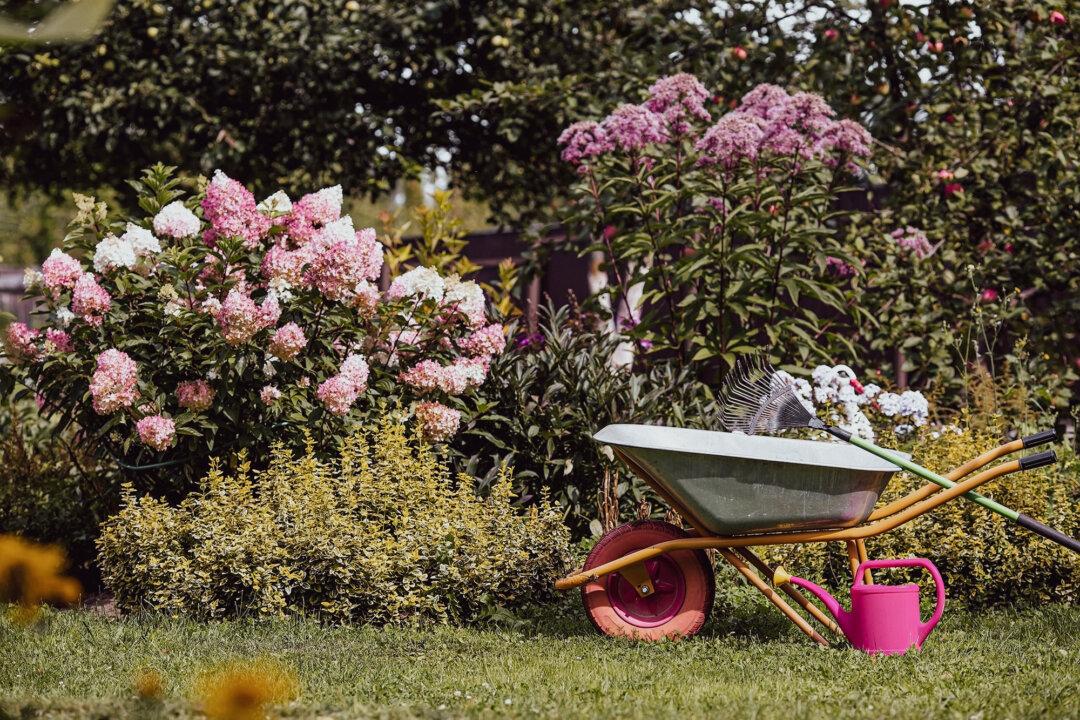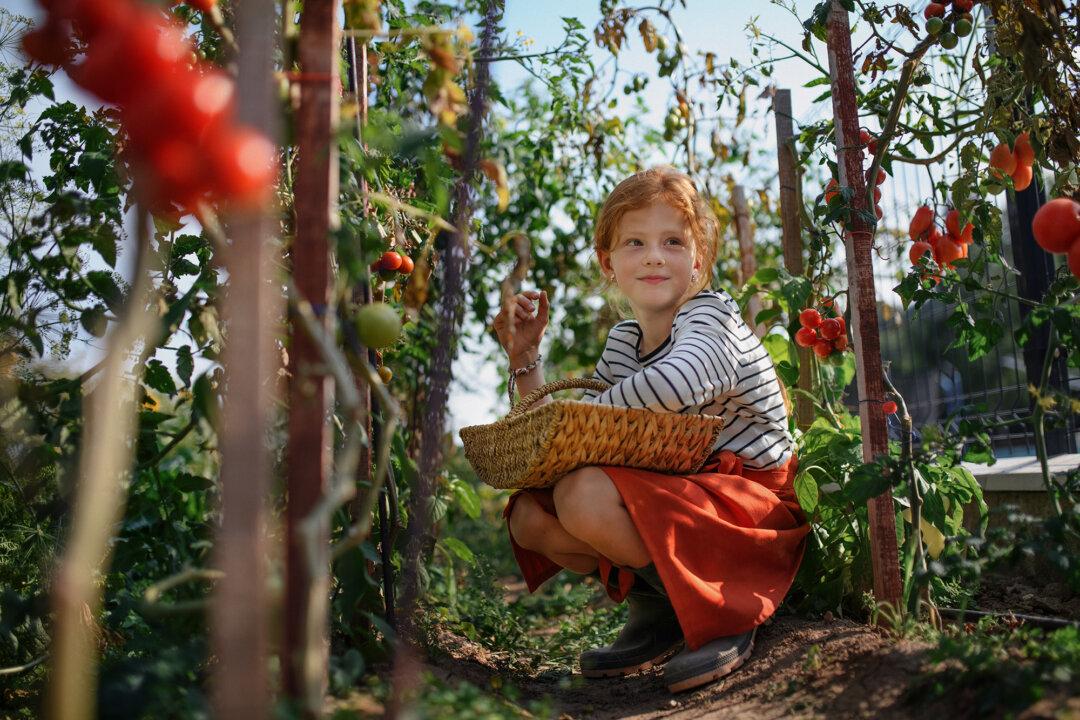Ever wonder why one garden is extremely lush, while the one next door in the same ecosystem is struggling along? And particularly when both get the same hours of sun and are appropriately watered and fertilized? As with anything else in life, it comes down to attention to detail.
Pinching—which can be done with garden shears, but got its name from gardeners who used their thumb and forefinger to nip off soft growth tips—leads to bushier growth and ultimately a better harvest.





